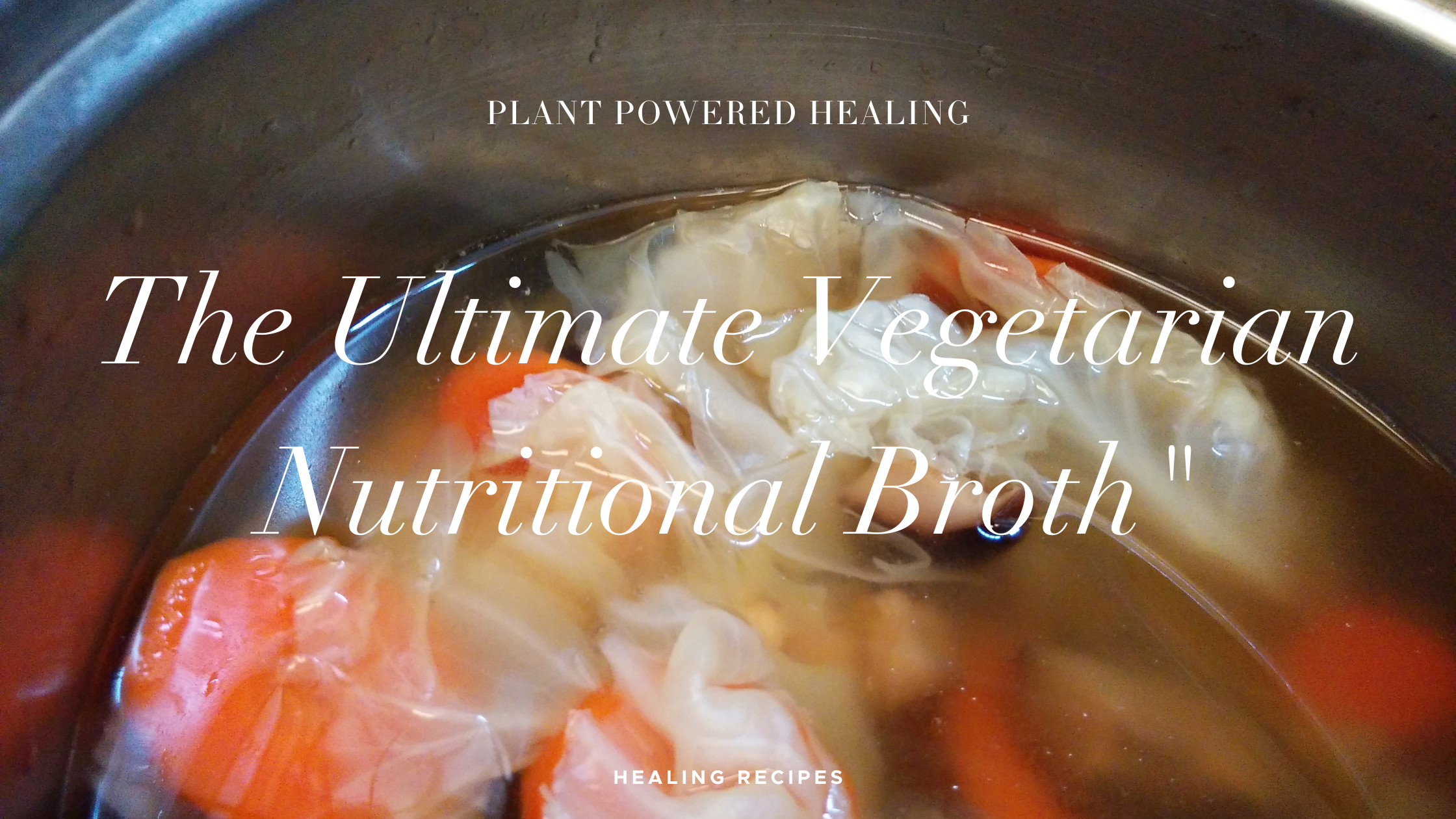
Bone broth has long been hailed as a panacea for various health issues, from gut healing and reducing inflammation to supporting skin health, immunity, and joint integrity. Traditionally, it’s made by simmering animal bones and joints with a dash of acidity, extracting nutrients and creating a nourishing elixir often referred to as “liquid gold.” But what if you’re a vegetarian or vegan, or simply seeking a plant-based alternative? The good news is that you can achieve similar benefits with a vegetarian nutritional broth that’s high in flavour and packed with nutrients.
Unlocking the Magic of Bone Broth
The power of bone broth lies in its bioavailable collagen, which the body rapidly absorbs and uses for healing and repair. Collagen, the most abundant protein in our bodies, plays a vital role in maintaining the structural integrity of our cells. To produce collagen, your body requires three essential amino acids: proline, lysine, and glycine. Fortunately, there are plant-based foods rich in all three of these amino acids:
- Soy Products: Think tempeh, tofu, and soy protein.
- Legumes: Black beans, kidney beans, and many others.
- Seeds: Especially pumpkin, squash, sunflower, and chia seeds.
- Nuts: Pistachios, peanuts, and cashews.
Enhancing collagen production also involves increasing your intake of proline. You can achieve this by consuming eggs and incorporating more vitamin C-rich foods, which act as precursors to collagen. These include grapefruit, berries, oranges, and broccoli. Zinc, a vital cofactor for collagen production, is found abundantly in nuts like cashews and various seeds. Garlic, rich in sulfur, prevents collagen breakdown. By including beans in your broth, you’ll benefit from copper, another mineral crucial for collagen production. A medium-sized tomato, packed with vitamin C, can provide nearly 30% of your daily requirement for collagen production. Plus, tomatoes offer a significant amount of lycopene, a potent antioxidant for skin support.
However, when it comes to plant-based nutrition, it’s not only about individual nutrients. The beauty lies in the synergy of all these elements, working harmoniously to promote your overall well-being.
An Alternative Path to Healing
While marrow, gelatin, and cartilage are animal-specific components of bone broth, there are ample animal-free substitutes to provide the essential vitamins and minerals needed as building blocks for your body’s repair and maintenance. Plants offer an abundant supply of calcium, potassium, and other minerals found in bone broth. The key is to maximize their absorption and utilization within the body.
For those seeking to heal the gut lining, it’s the gelatin from animal bones that holds these exceptional healing qualities. Luckily, various vegetarian alternatives can provide the nutritional aspect needed for stomach lining repair. Fermented foods such as sauerkraut, kefir, kimchi, natto, and miso offer excellent options. Additionally, seaweed, aloe vera, healthy fats, and turmeric have been proven to contribute to the healing of the stomach lining and digestive tract. With a wealth of vegan and vegetarian choices, restoring your gut health is well within reach.
The Holistic Approach
Healing is not a linear process. There is no “one-size-fits-all” or “magic pill” solution because each person’s physiology is unique. Embracing the concept of “food as medicine,” we aim to share simple recipes that harness the remarkable healing potential of whole foods. Education is key, and as a naturopath, my primary goal is to empower clients with the knowledge they need to make healthier choices in their lives.
Let’s Get Cooking: The Ultimate Vegetarian Nutritional Broth Recipe
This recipe is a compilation of vegetarian sources designed to provide a nourishing and flavourful alternative for health-conscious individuals.
Ingredients:
- Mushroom Stems (5-10 stems)
- Parsnip (1-2, roughly cut with peels on)
- Celery (3-4 stems, leaves included)
- Potato Peels (2-4 potatoes roughly cut, peels left on)
- Sweet Potato and Sweet Potato Peel (provides provitamin A, vitamin C, and potassium)
- Carrot and Carrot Peel (3-4 roughly cut, the more carrots, the sweeter the broth)
- Parsley Leaves and Stems (roughly chopped)
- Lemongrass (1 stalk)
- Kombu or Wakame Seaweed (1 handful)
- Shiitake Mushrooms (3-6)
- Turmeric (approximately 3cm x 3cm root, peel left on, roughly chopped)
- Spinach or Kale (2 handfuls)
- Garlic Clove (3, omit if following a FODMAP diet)
- Black Beans (1/2 cup, pre-soaked)
- Whole, Peeled Tomatoes (2, juice squeezed out)
- Coconut Oil or Olive Oil (1 tablespoon)
- Coconut Aminos or White Miso Paste (1-2 tablespoons, depending on desired taste)
- Nutritional Yeast (1 teaspoon)
Method:
- Wash and prepare all ingredients.
- Add everything to your pot, fill with water, leaving about 7-10cm of space from the pot rim for simmering.
- Bring to a boil and then lower the heat to a simmer.
- Cover with a lid and allow the broth to simmer for 1-2 hours.
- Allow the broth to cool slightly before straining it to separate the liquid from the ingredients.
- Add an extra teaspoon of coconut aminos for more flavour if desired.
- Sprinkle 1 teaspoon of nutritional yeast over each serving.
Savour the Goodness
Discard or compost the strained ingredients. Your liquid broth contains the full nutritional essence of the vegetables, seaweeds, herbs, and spices, all in an easily digestible form. Enjoy a cup fresh, keep it in the fridge for 5-6 days, or freeze it in batches. You can also incorporate this broth into dishes requiring vegetable stock. If you’re not following a FODMAP diet, you can enhance the flavour by adding ingredients like garlic, onions, and ginger, which is known for its anti-inflammatory and circulatory-stimulating properties.
Your journey to better health doesn’t need to compromise your dietary choices. With this nutritious and delightful vegetarian broth, you can nourish your body and promote healing, all while relishing the remarkable benefits of plant-based nutrition. So, let’s embark on this path to wellness together, one delicious sip at a time.
